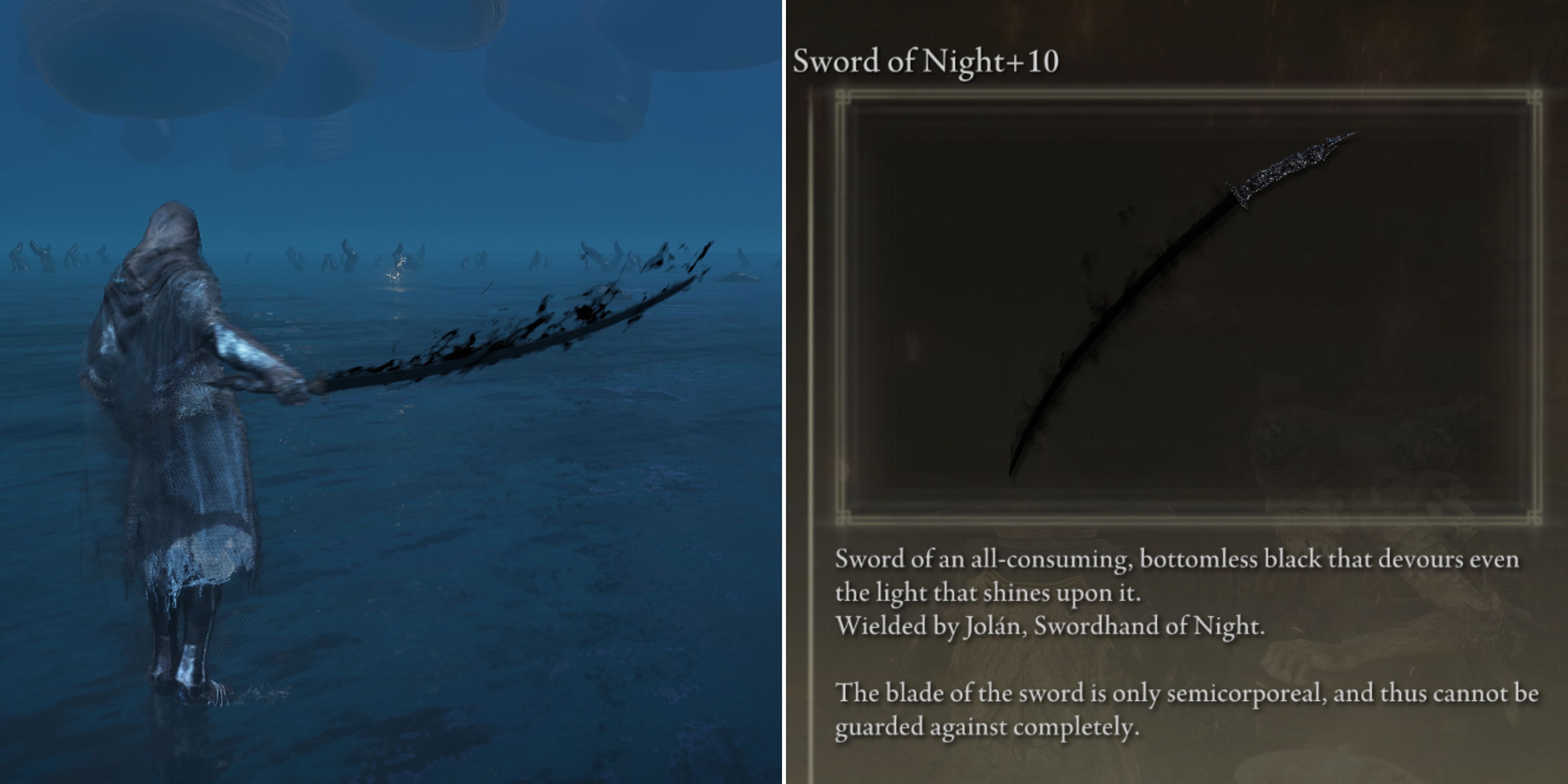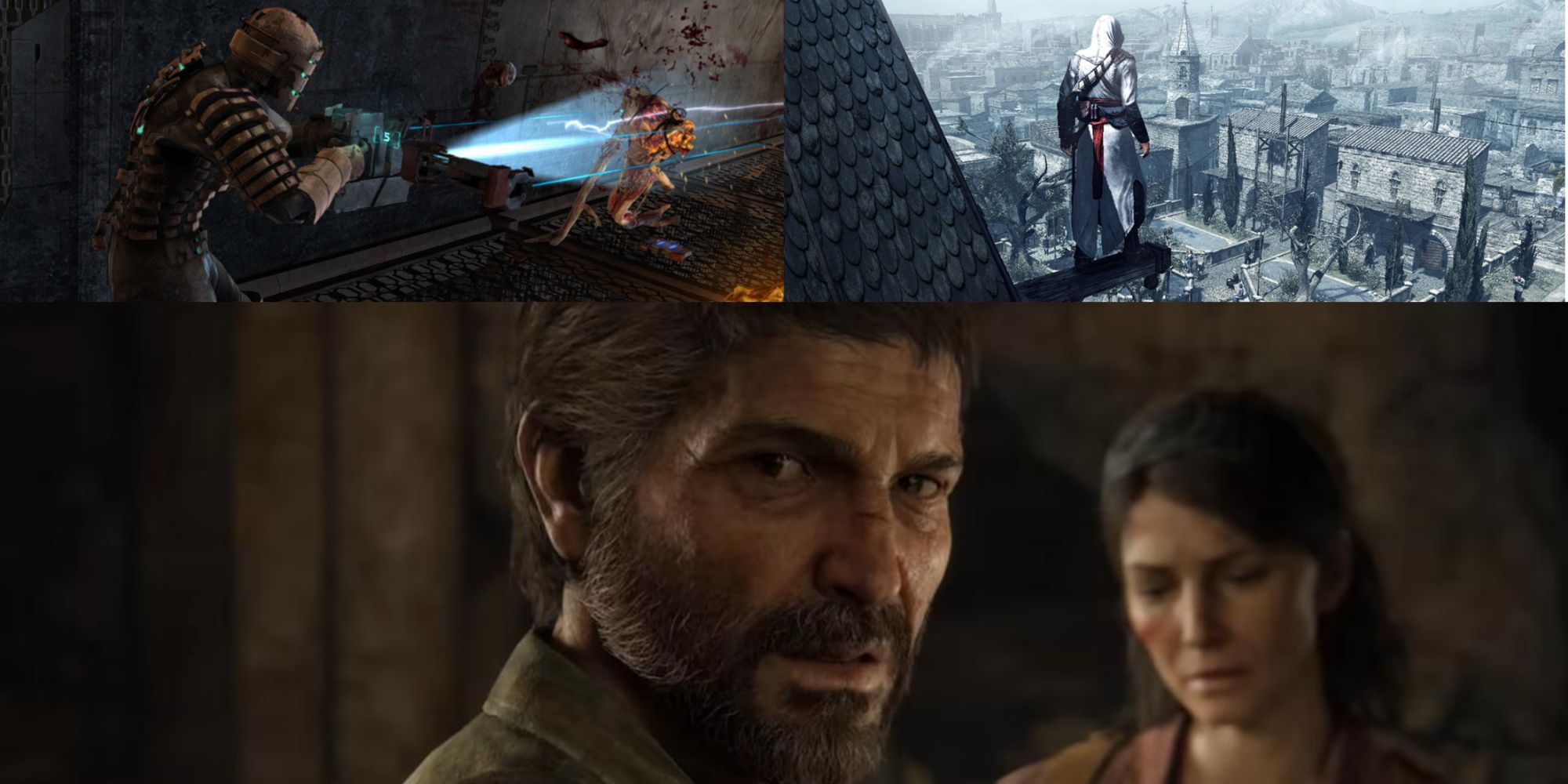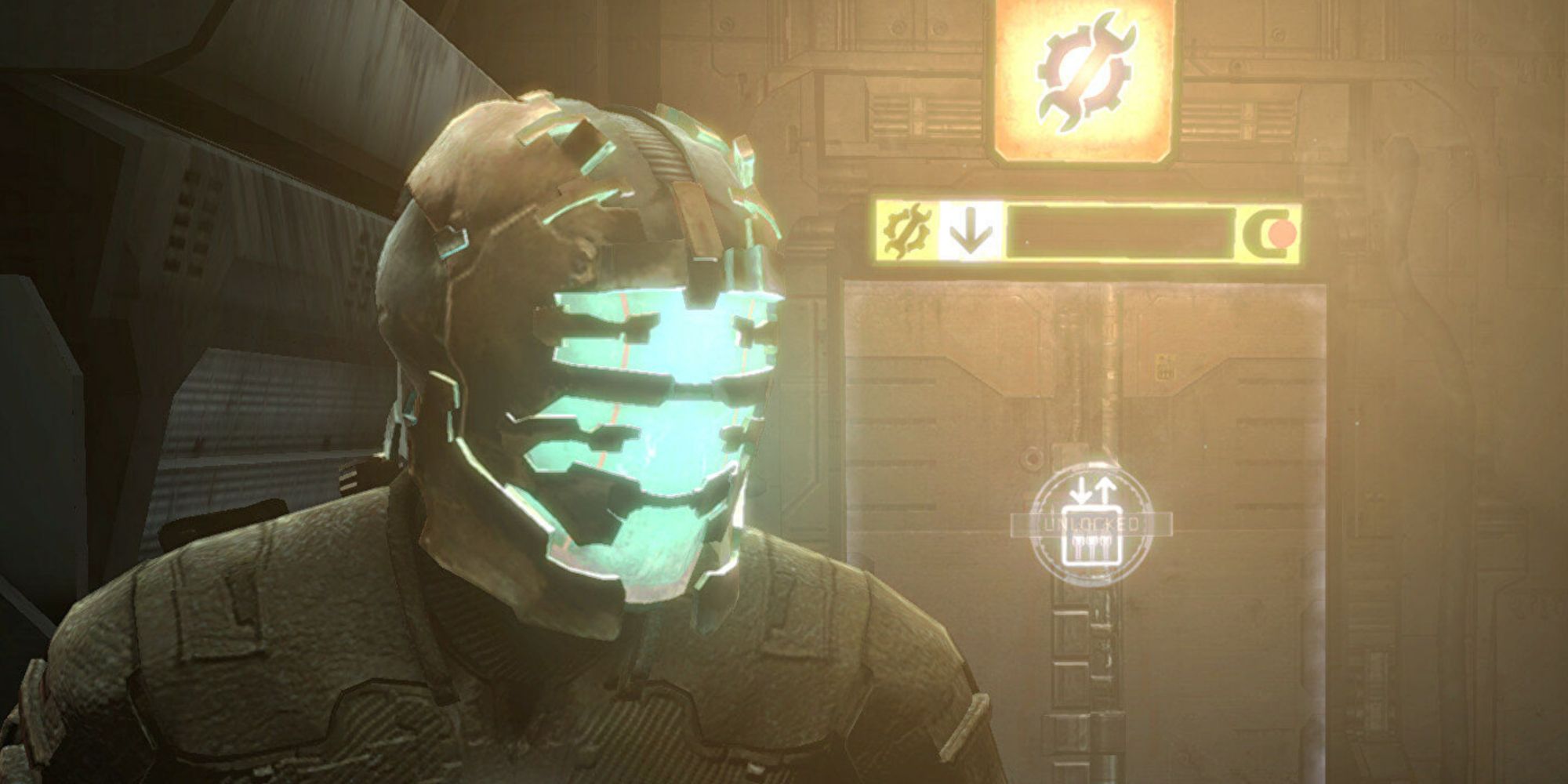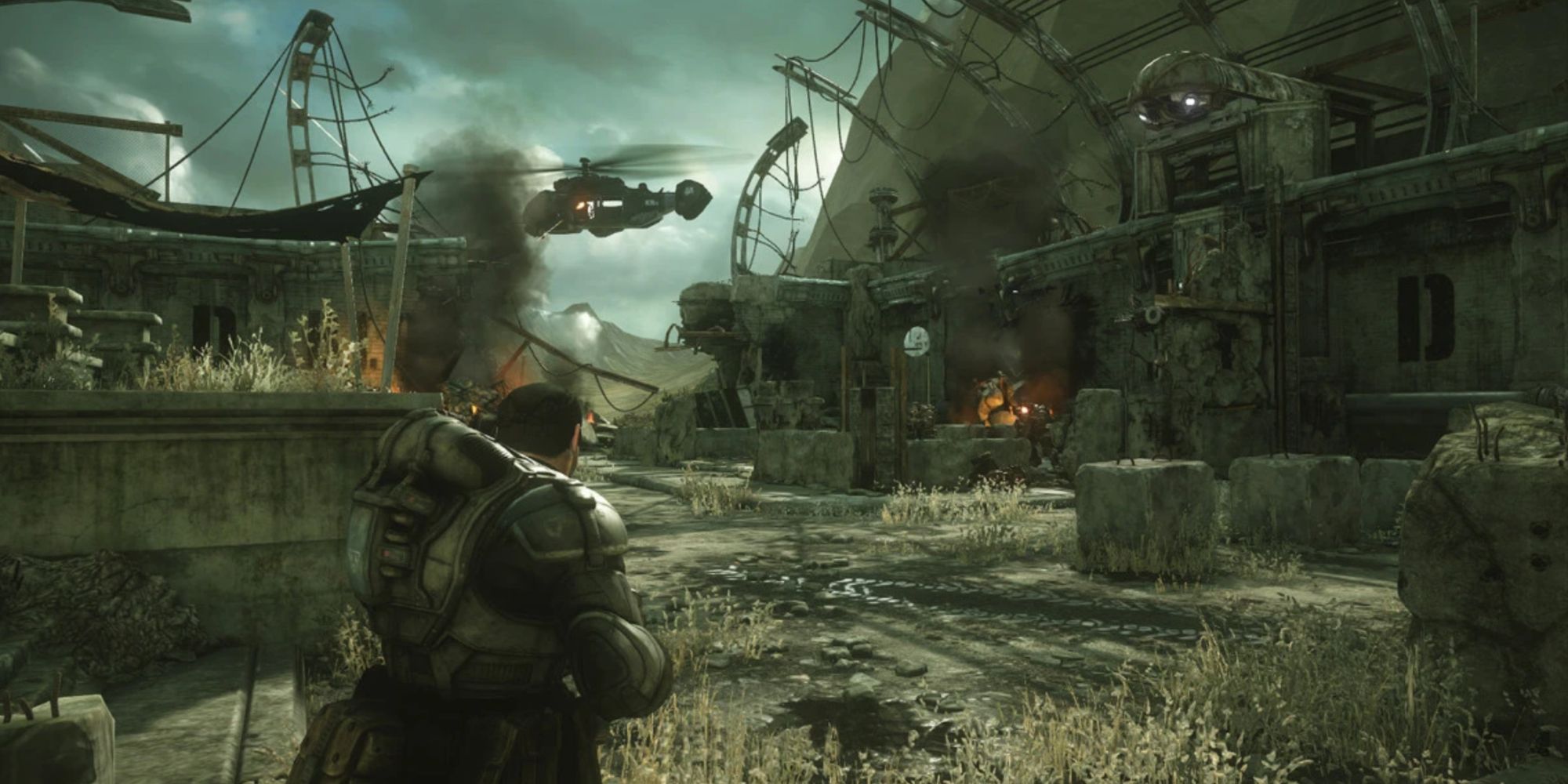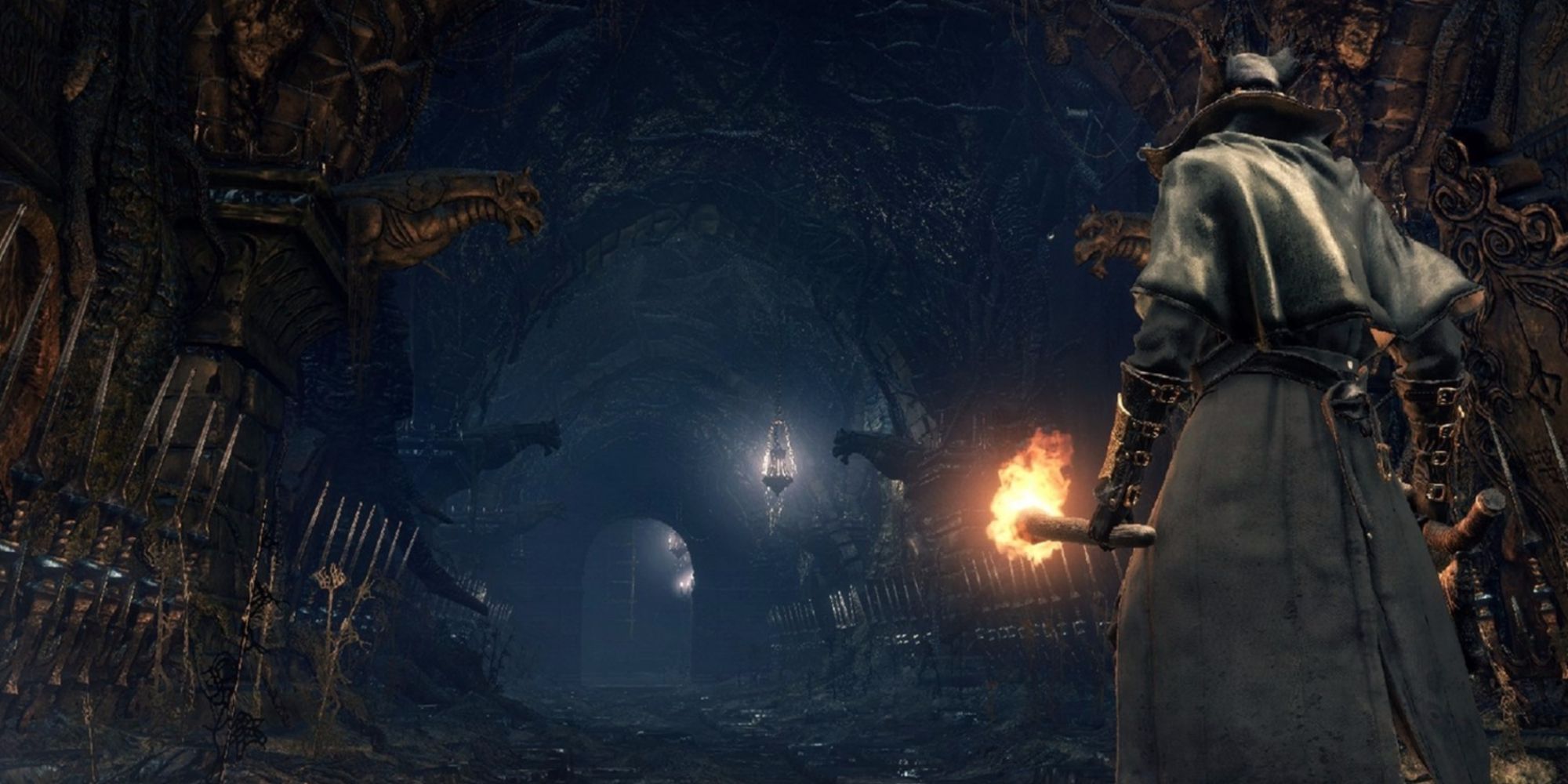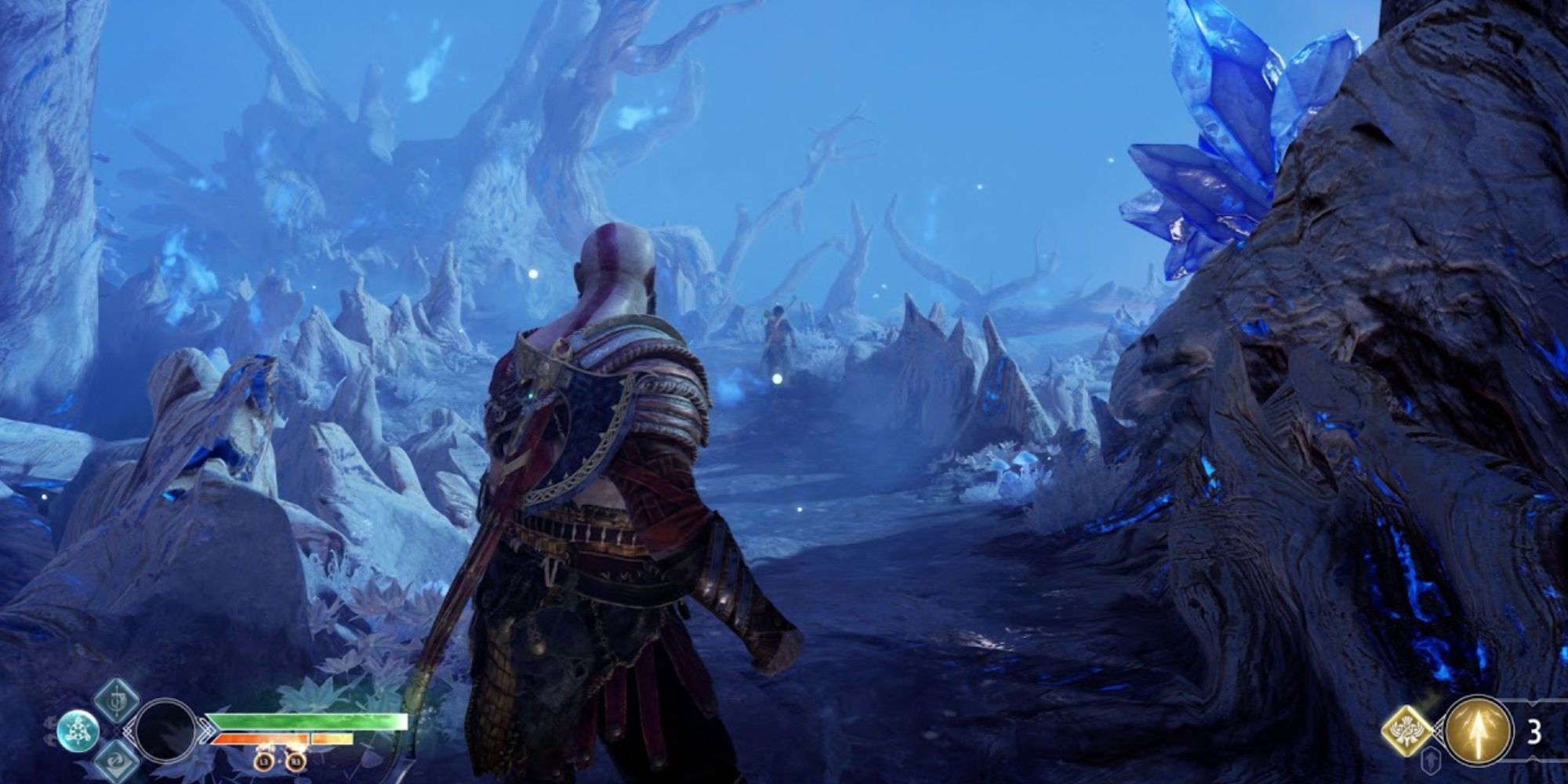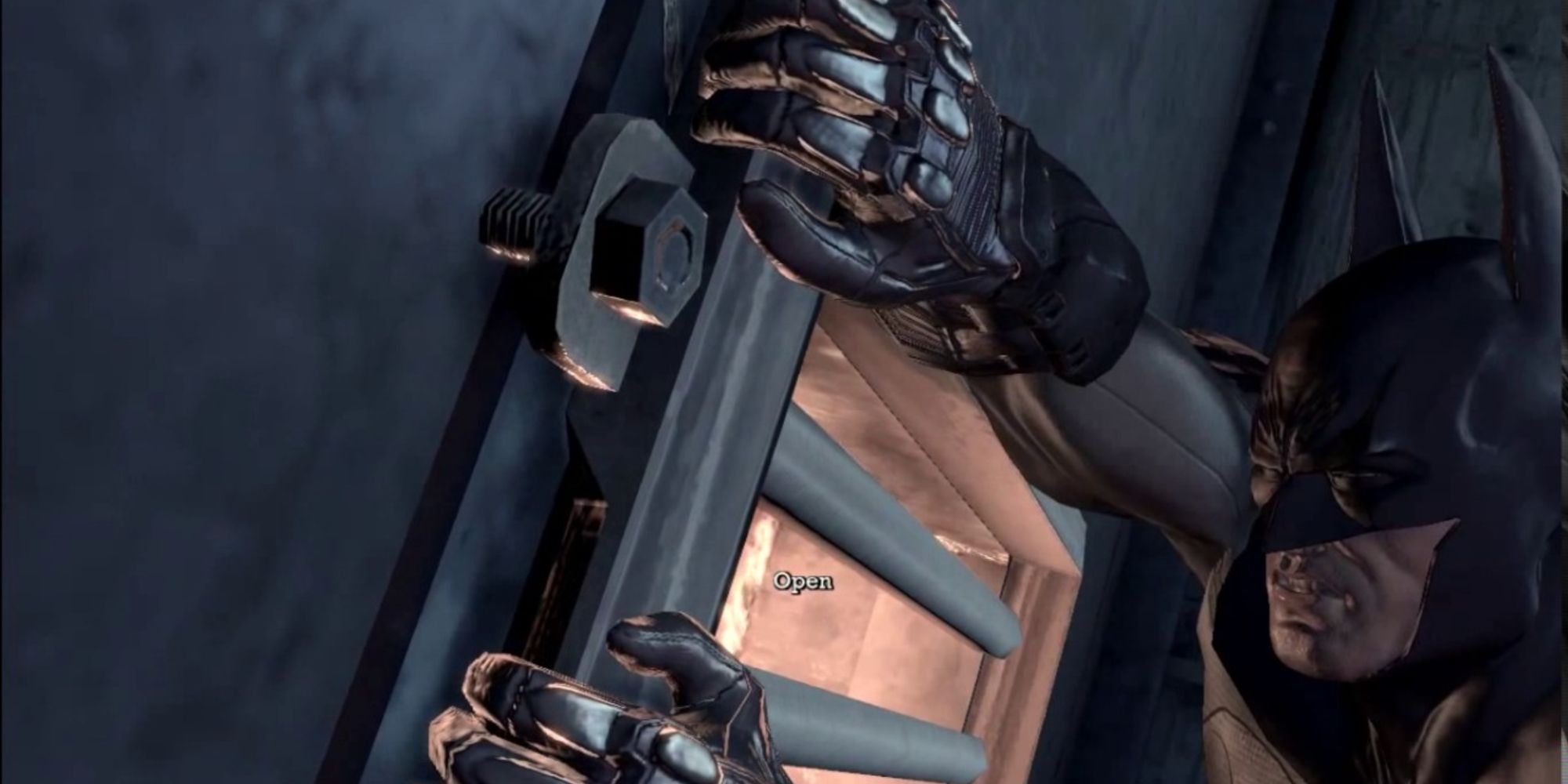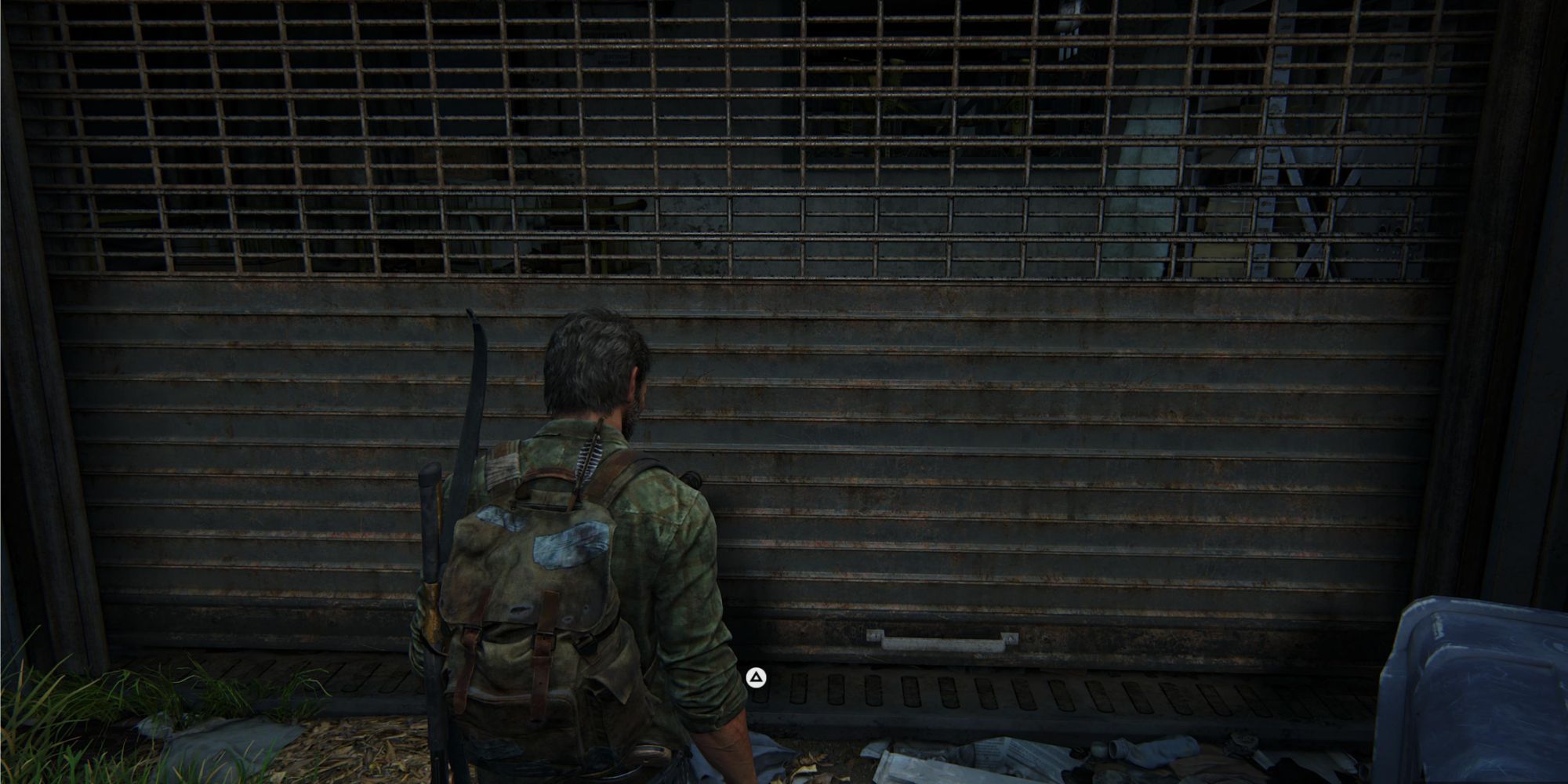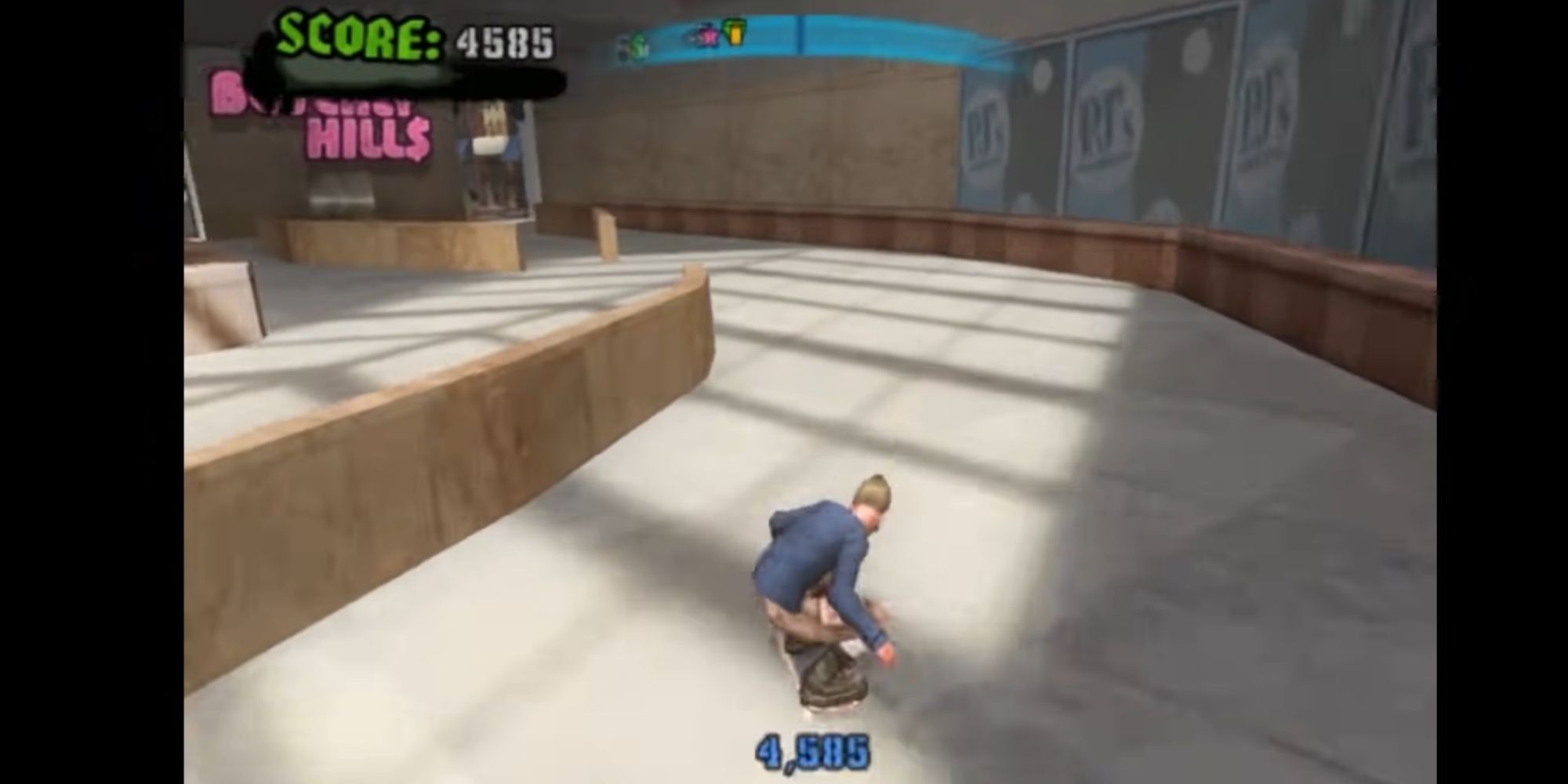Loading screens were once a fact of life in video games. Rarely could a game get by without having a single break in the action. Entering buildings, new areas, or even transitioning between gameplay and cutscene required the game to load up new assets, necessitating the loading screen's implementation, which became the industry standard for several console generations.
However, developers started getting crafty around the era of the PS3 and Xbox 360. They recognized that leading screens tended to break player immersion, so they devised ways to hide them among the gameplay proceedings. This is something that, in the current console generation, will likely not be necessary again, given the inclusion of SSDs in modern gaming consoles. However, for the brief time when developers were actively sneaking loading screens into the player experience, there were some very clever tactics they used to disguise them.
10 Unlocking Doors - Dead Space (2008)
Although the new remake - running on modern hardware - has no need to resort to these kinds of illusions, back when the original Dead Space was released it was paramount for Visceral Games that there be no loading screens cropping up every 20 minutes and breaking player immersion.
The solution they devised was to hide loading screens behind "unlocking doors." When Isaac Clarke would go to open a door, the in-game interface on the door would display a spinning wheel to indicate the door was opening. Whether it was justified as the door simply taking a while to open due to the failing systems of the USG Ishimura, or due to Isaac's unfamiliarity with the ship's controls, it prevented players from escaping Isaac's horrifying surroundings.
9 Comms Calls - Gears Of War (2006)
When players were first introduced to Marcus Fenix and the COG's war against the Locust Horde, it was a revelation. Gears Of War's shooting mechanics and brutal animations were some of the best of its generation. It also helped that, during missions, the game never had to cut to a loading screen.
Instead, the loading in Gears Of War was done during calls Marcus would get from his commanding officers through his comms unit. While on these calls, Marcus couldn't run, shoot, or jump into cover, and the game would take this opportunity to load the next mission area, providing a seamless transition once the call ended.
8 Animated Doors - Resident Evil (1996)
This one is a classic. Back in 1996, the original Resident Evil set the bar for in-game graphics. While it's not much to look at now, it was astounding in its time. However, astounding graphics meant more assets for the game to load, and Capcom devised a simple yet brilliant solution for making that process seem organic.
Every time players open a door, a brief animation would play where a large, 3D door would creak open. Those were the loading screens. Because of the game's fixed camera angle, nearly every room was entered and exited by a door, which made the number of assets the game needed to load each time relatively small, and it could get the job done during that animation. It worked so well because it just felt natural. Players go to open a door, they see a door open, and then they're in the next room. The loading screen isn't really hidden, it just felt like part of the gameplay.
7 Elevators - Bloodborne (2015)
In truth, this could apply to every entry in the Soulsborne franchise. While loading screens do still crop up when players are respawning or loading into a completely new area, during the moment-to-moment gameplay, exploration is a seamless experience. This is largely due to the abundance of elevators.
Nowhere is this more relevant than in Bloodborne; specifically in the Chalice Dungeons. These randomly-generated areas were connected, one after the other, by an extended elevator ride. While there isn't much to do while on the elevator, players still have full control of their character, ensuring that their immersion wouldn't waver. FromSoftware clearly loves this technique, as it was featured in one of Elden Ring's most memorable early-game moments.
6 Into The Animus - Assassin's Creed (2007)
Loading screens in the Assassin's Creed franchise have never really been hidden, exactly. Once again, that fact becomes inconsequential because, instead of hiding them, Ubisoft chose to contextualize their loading screens right into the game's world. Not only are players loading a new area, but their character was too.
This is because everything in the Assassin's Creed universe is taking place in the Animus. Players aren't directly playing as Altair, they're playing as Desmond Miles, who is playing as Altair via the Animus. As such, when loading screens pop up and Altair (or Ezio, or Connor, etc.) is wandering around a digital void waiting for the new area to load, it's not just the players experiencing it; their character is as well.
5 Yggdrasil - God Of War (2018)
No one necessarily knew it at the time, but 2018's God Of War reboot/sequel was a swan song for the contextual loading screen. Santa Monica Studios designed their game to play out as a single camera shot, with no cuts or breaks in the immersion. Cutting to a loading screen for every fast travel would work against that design.
Instead, Kratos and Atreus travel via Yggdrasil, also known as the World Tree. When encountering a mystic gateway, Kratos can use it to travel to any other gateway in the realms. Doing so opens a glowing door to Yggdrasil, where Kratos would run along the tree's branches until another door appeared, leading to the next destination. During this sequence, the game is loading the new area, but all players are aware of is following the path of Yggdrasil's branches.
4 Opening Vents - Batman: Arkham Asylum (2009)
For its time, Batman: Arkham Asylum was well ahead of the industry standard in terms of graphical quality. Developer Rocksteady Games used a few tricks to make that possible. For one, the majority of Arkham Asylum, where the game takes place, is made up of narrow corridors and small rooms, which don't take long to load.
When the environments did open up, however, players might have noticed how getting into those larger areas was always preceded by Batman prying or kicking open an air vent. That process, which involved the player mashing X/A to get the vent off the wall, was hiding the fact that Arkham Asylum was loading a larger area for players to explore.
3 Lifting Heavy Doors - The Last Of Us (2013)
The Last Of Us is a gorgeous video game. That has only become more true with the several remasters and remakes that have been released since it launched in 2013, but even in its original form, the visuals were stunning.
Part of what made that possible is how Naughty Dog disguised their loading screens. At the end of an area, there was typically a large garage door that Joel had to lift, allowing his companion to crawl under, then himself, before letting the door close again. It may not look like much, but during that time the game is dumping the previous area's assets and loading up the next area. That's why players can't double back once that garage door closes.
2 Out Of Sight - Horizon: Zero Dawn (2017)
Aloy, the protagonist of Horizon: Zero Dawn, has a vision cone. It's not particularly relevant to the player - odds are they won't ever be aware of it - but it's there, and it dictates how the game is able to load its impressively detailed environments (and enemies) without loading screens.
Basically, there is Aloy's vision cone, which contains everything the player can see, and then there is a buffer area that extends slightly beyond the vision cone's borders. Everything outside that buffer isn't loaded, and the interim space between the edge of the player's vision and the unloaded area is all in the process of being loaded. Instead of having a loading screen, Horizon: Zero Dawn is constantly loading new assets and ditching old ones as the player looks around, all in the game's background.
1 Loading Tunnel - Tony Hawk's American Wasteland (2005)
Tony Hawk's American Wasteland is what we can call the OG of seamless loading screens. The game itself doesn't differentiate too much from the previous Tony Hawk games except for one thing: moving between levels was seamless.
To do this, the developers designed long tunnels that ran between each area. While the player skates through those tunnels, the previous area is dismantled and the new one is loaded. It wasn't perfect, skilled players could clear the tunnels quickly and beat out the loading times, forcing them to wait for the area to load anyway, but it was a strong first attempt at scrapping loading screens from gaming.


